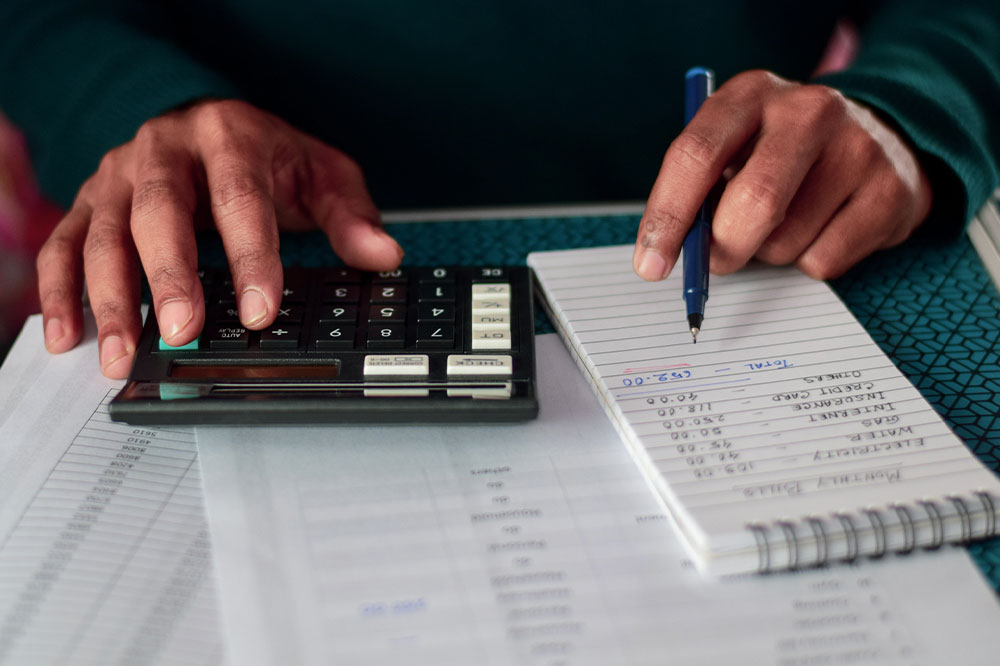8 ways to make loan repayment easier

Taking out a loan to finance a major purchase or investment requiring a large amount of funds is a common practice. One can get a loan for reasons like education, home purchase, renovations, debt consolidation, electronics, medical or emergency costs, or other unexpected expenses. There are many options available that can make the loan repayment process smoother and more manageable. Here are some types of loans and ways to make repaying loans easier:
Types of loans
There are two types of personal loans one can get: secured and unsecured. For a secured personal loan, the borrower must offer collateral or an asset of value, like a vehicle, home, gold, or shares, as an assurance to repay the amount. If one defaults, the lender can claim the asset. An unsecured loan, on the other hand, does not require any collateral deposit. Here, the borrower can pay the money as per the agreement, and if they default, the lender cannot claim any of their assets. However, defaulting on an unsecured loan can lower the credit score significantly, and the lender can also file a case against the borrower to recover the losses. An unsecured loan is the most common type of personal loan to finance weddings and vacations.







